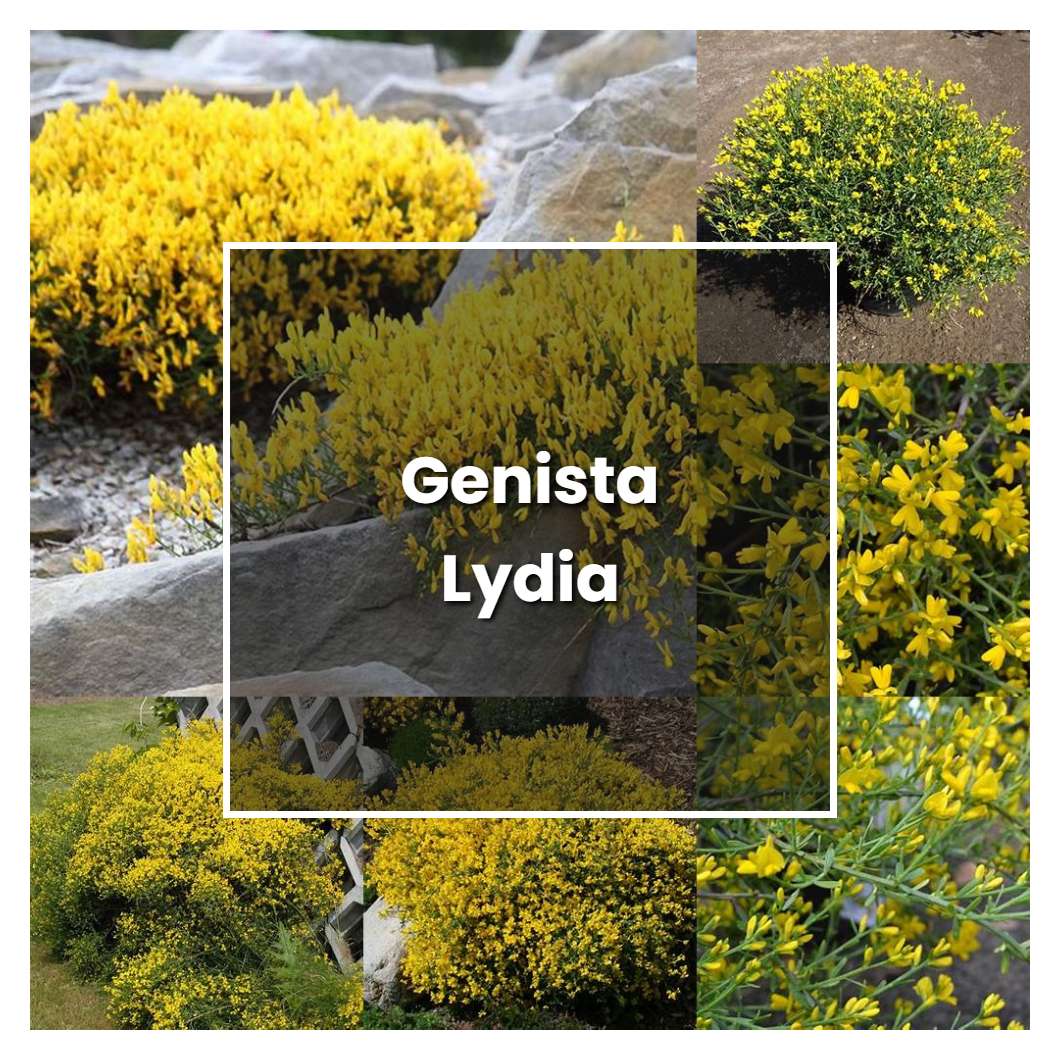Genista lydia is a small, deciduous shrub that is native to southern Europe. It has bright green leaves and yellow flowers that bloom in the spring. Genista lydia is a popular plant for gardens and parks because it is low-maintenance and drought-tolerant.

About soil condition,genista lydia grows in moist to wet, well-drained soils. It prefers full sun, but will tolerate some shade. It is not particular as to soil type or pH. It is somewhat tolerant of urban pollution.
So, like the other plants, the sun is very important to Genista Lydia. It needs at least six hours of sunlight a day to stay healthy and produce beautiful flowers. If it doesn't get enough sun, the plant will become leggy and the flowers will be smaller and fewer in number. So, if you want your Genista Lydia to thrive, make sure it has plenty of sunlight.
The temperature condition that is most favorable for growth and development of the plant known as Genista lydia is one that is warm and sunny. This plant is a native of the Mediterranean region and thrives in areas that mimic these climatic conditions. In its natural habitat, the plant is often found growing in rocky or sandy soil in full sun. When cultivated in other parts of the world, it is important to provide Genista lydia with a well-drained soil mix and to position it in an area of the garden that receives a good amount of sunlight each day. With these basic needs met, the plant will produce an abundance of bright yellow blooms from mid-spring through early summer.
Ideal humidity condition for this plant is 50%, but it can tolerate some range below that. If the humidity drops too low, the leaves will start to drop off. If the humidity is too high, the leaves will start to yellow and drop off.
The fertilizer, usually the plant food, provides the macro and micronutrients needed by the plant to survive and grow. Fertilizers are often applied to the root system where they are taken up by the plant and transported to the leaves, stems, and flowers.
Pruning is an important part of caring for your genista lydia plant. By pruning, you can encourage new growth and keep your plant healthy. When pruning, be sure to remove any dead or dying branches. You can also trim back any branches that are growing too large.
Propagation of Genista lydia is typically done through softwood cuttings taken from new growth in late spring or early summer. Cuttings should be taken from healthy, disease-free stems and planted in a rooting medium of sand and peat. The cutting should be placed under mist or in a plastic bag to maintain high humidity and prevent wilting. Rooting will usually occur within 4-6 weeks. Once roots have developed, the cutting can be transplanted into a pot or into the garden.
Usually, the plant growth rate research has been conducted in the Mediterranean region. The average growth rate of this species has been found to be between 2 and 3 centimeters per year. However, there has been some evidence of higher growth rates in certain locations. One study found that the growth rate of genista lydia in Sardinia was 5 centimeters per year.
Common problems for this kind of plant are few, but include scale, mealybugs, and spider mites. These pests can be controlled with regular applications of insecticidal soap or neem oil. If the plant is heavily infested, it may need to be treated with a more powerful insecticide. Genista lydia is also susceptible to root rot, so it's important to make sure the plant is not overwatered.
Source:
Genista lydia (Fabaceae) image 92840 at PhytoImages.siu.edu
Assoc Prof Lydia Helena Wong | Academic Profile | DR-NTU
Lydia in the Bible - Regent University
